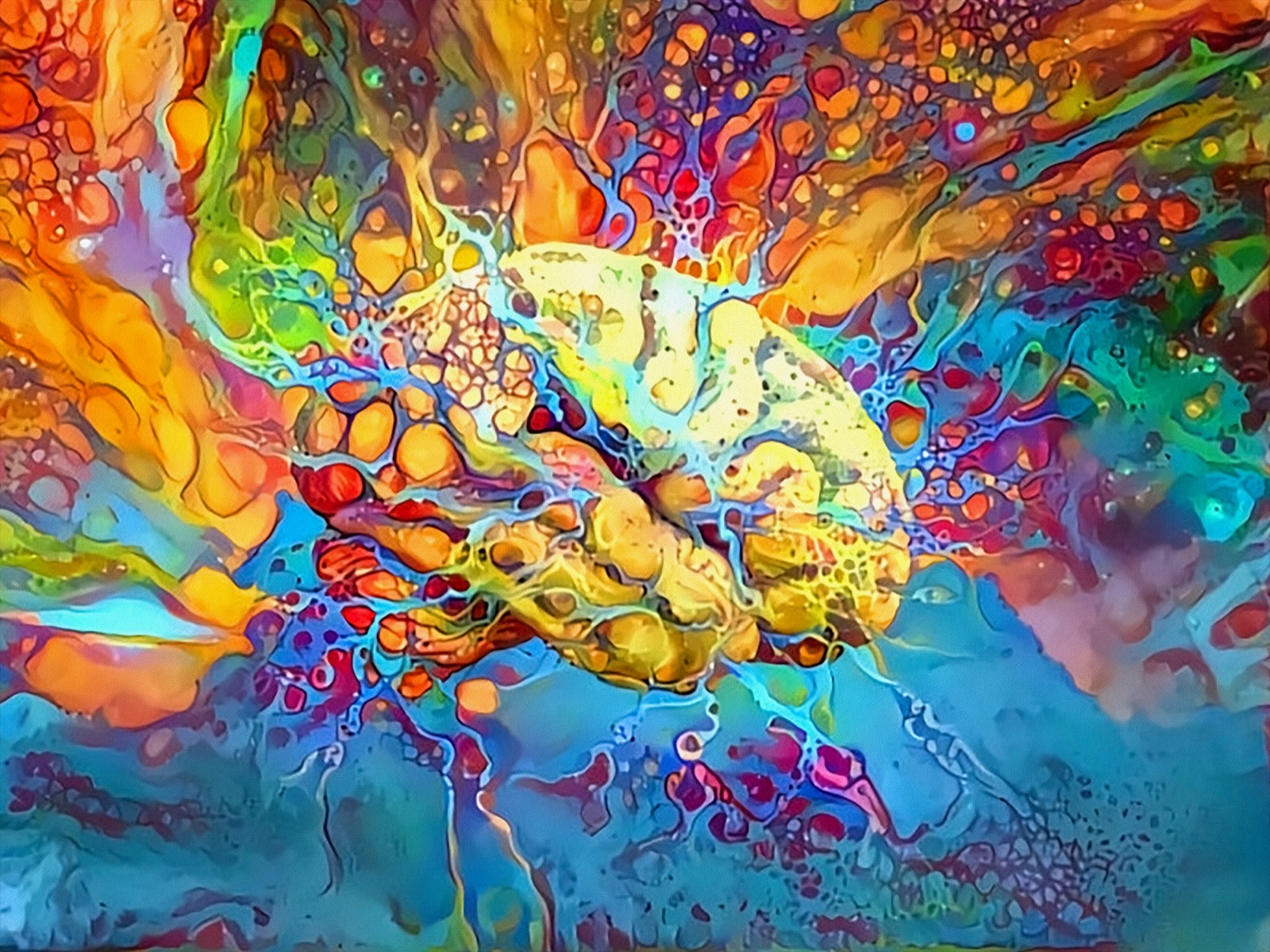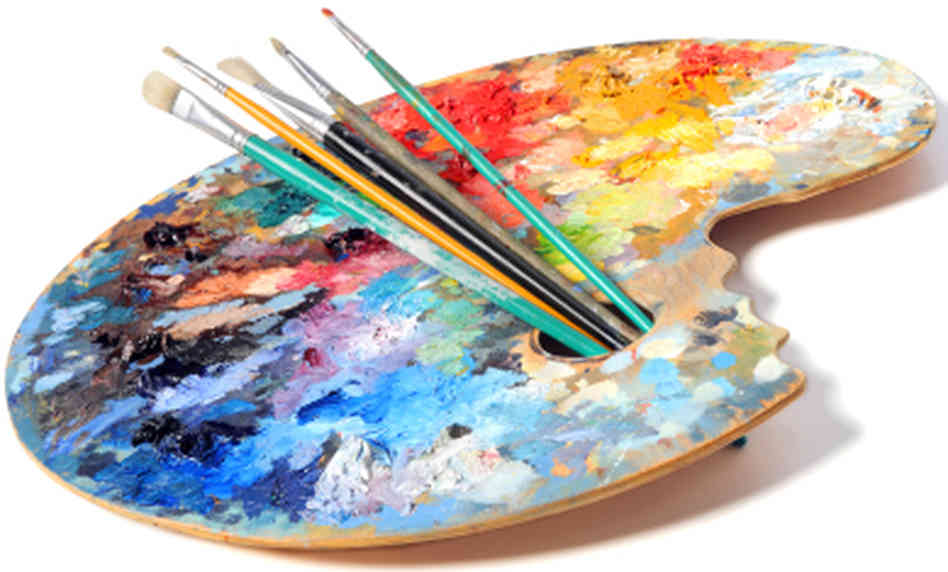Checking out the Impact of Trump Art on Contemporary Political Commentary
Checking out the Impact of Trump Art on Contemporary Political Commentary
Blog Article
Diving Into the Diverse Globe of Artistic Expression: From Surrealism to Abstract Realism
In the world of creative expression, from the dreamlike landscapes of surrealism to the elaborate play of light and form in abstract realistic look, artists have actually continually pressed the boundaries of creativity and creativity. Each movement holds an one-of-a-kind lens where the world is seen and interpreted, providing a glimpse into the depths of human feeling, assumption, and believed. As we discover the multifaceted globe of art, we are provided with a tapestry of styles, techniques, and ideologies that challenge our understanding and prompt reflection. The trip through these varied forms of artistic expression guarantees to unwind a rich tapestry of visual narration and intellectual inquiry that mesmerizes the mind and stirs the soul.
Surrealism: Releasing the Subconscious
Surrealism, an avant-garde artistic movement of the 20th century, delved into the depths of the subconscious, revealing a globe of dream-like images and unconventional associations. Pioneered by artists like Salvador Dali, René Magritte, and Joan Miró, Surrealism looked for to test the standard means of seeing and recognizing art. With techniques such as automatism and dream evaluation, Surrealist artists intended to use the unconscious mind to expose surprise realities and wishes.
Among the crucial elements of Surrealism was the emphasis on the irrational and the uncanny. By integrating unanticipated elements in their jobs, Surrealist musicians intended to develop a feeling of disorientation and shock in the customer. This interruption of reasoning and reason was indicated to prompt a deeper exploration of the subconscious and the secrets of the human mind.
Abstract Realistic Look: Redefining Perception
Challenging traditional creative boundaries, Abstract Realistic look redefines understanding via the blend of identifiable components with abstract kinds. This ingenious approach to art integrates the representational accuracy of realism with the innovative liberty of abstraction, offering visitors a special visual experience that triggers them to examine their understanding of truth.
In Abstract Realistic look, musicians make every effort to record the significance of their subjects while also infusing their deal with a sense of deepness and intricacy through abstract aspects. By blending the acquainted with the strange, these musicians invite target markets to engage with their pieces on numerous degrees, urging them to discover the subtleties of shade, appearance, and type.

Cubism: Breaking Up Reality
Utilizing geometric types and fragmented perspectives, Cubism transformed the artistic depiction of fact in the very early 20th century. This strategy not only deconstructed fact however also highlighted the monotony of the canvas, leading the way for future abstract art movements.

Cubism can be categorized into two main phases: Analytical he said Cubism, characterized by monochromatic shade systems and complex, fragmented types; and Artificial Cubism, which included collection elements and brighter colors right into the structures. Via these unique phases, Cubism affected not only painting yet also architecture, layout, and sculpture. trump art. Its influence reverberated throughout the art world, motivating musicians to check out new means of representing the world and analyzing around them
Expressionism: Emotions on Canvas
Checking out the depths of human emotions with meaningful and vivid brushstrokes, Expressionism became a profound artistic motion in the early 20th century. Unlike previous art movements that focused on portraying the external globe, Expressionism explored the interior realm of the artist's mind, intending to stimulate raw feelings and prompt natural reactions from audiences.
Expressionist artists, such as Edvard Munch, Egon Schiele, and Emil Nolde, rejected typical notions of charm and realism in support of misshaping form and shade to share subjective sensations. The usage of exaggerated brushwork, bold colors, and altered numbers aided produce a feeling of unease, alienation, or enthusiasm in their works.
Among the most famous examples of Expressionism is Munch's "The Scream," which records the extreme anxiousness and anguish of contemporary life with its swirling, distorted figure versus a more info here blood-red skies. With their psychologically billed works, Expressionist artists looked for to challenge traditional creative norms and give a home window into the turbulent midsts of the human soul.
Contemporary Art: Progressing Perspectives

One of the specifying qualities of modern art is its constant development and ability to adjust to changing social landscapes. Artists are progressively incorporating innovation into their technique, blurring the lines in between the digital and physical realms. This fusion of mediums permits cutting-edge ways of storytelling and engaging with audiences in an extra interactive manner.
Additionally, modern art often serves as a system for social discourse, addressing pushing problems such as identification, national politics, and the atmosphere. Musicians are using their job to provoke and trigger essential conversations thought, clarifying the intricacies of the world we reside in. As point of views proceed to evolve, contemporary art continues to be a influential and vibrant force in forming our cultural landscape.
Conclusion
Finally, the world of creative expression includes a vast array of motions and designs, each with its own one-of-a-kind strategy to conveying definition and feeling. From surrealism's exploration of the subconscious to abstract realistic look's redefining of perception, and from cubism's fragmentation of truth to expressionism's portrayal of emotions, art continues to develop and challenge point of views - trump art. Contemporary art shows the ever-changing world we live in, supplying brand-new methods to translate and understand the intricacies of our reality
As we explore the diverse world of art, we are provided with a tapestry of designs, techniques, and viewpoints that challenge our understanding and prompt contemplation. Its influence resounded throughout the art globe, inspiring artists to explore new methods of analyzing and representing the globe around them.

Report this page